Keynote speakers - IAHR 2022
Keynote speakers
Bjarne Børresen
Multiconsult
Keynote, Monday 27 June, 11:00–12:00
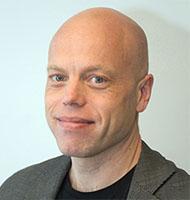
Abstract: Norwegian development of high head Francis turbines - a brief historic review and some open questions
For more than a century hydro turbines has been one of the key technological developments in Norway. Much of the scientific and academic work was centered at the Hydropower laboratory at NTNU (formerly NTH) in Trondheim. Simultaneously a strong industrial development was centered around Kværner Brug, Oslo. The construction of the Hydropower Laboratory was completed in 1917, and immediately after opening it was put into use for industrial research. The initial work was concentrated on low head power plants and in particular Solbergfoss hydropower plant. However, given the topology of Norway, with high mountains and steep waterfalls, development of high head Francis technology became increasingly important. Over the decades several particular technical solutions and techniques were developed in this collaboration between industry and academia. This invited lecture will present some of these, and discuss their advantages and disadvantages.
Given the long historic development of high head Francis turbine technology one might imagine that all questions have been answered and that there are no more topics for future research. This is definitely not the case. Despite the tremendous advances and development, made possible though the use of modern computing tools, advanced laboratory facilities and sophisticated measuring equipment, there are still a number of important open questions. The lecture will close by discussing some of these open questions considered to be most important. Possible avenues for resolving some of these issues will also be listed.
Thorbjørn Hellum-Reppen
Rainpower
Keynote, Tuesday 28 June, 09:00–10:00
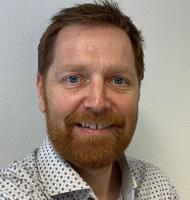
Abstract: Development of the high head Francis turbine
A documentation of the historical technical development of the high head Francis turbine, including the theoretical and empirical development, besides the experiences from the delivery of prototype units. Aspects from the mechanical and hydraulic development as well as production technology, model and prototype development will be presented with special focus on the later years achievements in knowledge to secure stable operation and extended lifetime of the turbine runner.
Andrea Pirocca
45 Engineering
Tuesday 28 June, 10:00–10:20
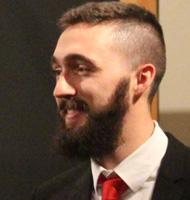
Abstract: Business Opportunities for Young Researchers
45 Engineering is an innovative and young start-up that develops projects in mechanics and hydraulic machines. Our mission is to do mechanical engineering because we like complex systems and energy transformation. Knowing that around the world there are working machines designed by our team is for us the biggest satisfaction. In fact, these considerations make it possible for us to overcome the difficulties to develop a business like ours. We will introduce our company and history, explain how we adapted to market changes and how it is to work in a hydropower-related start-up.
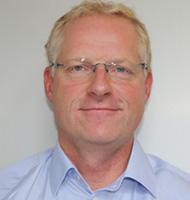
Abstract: Digitalization of the hydropower plants
How maintenance is provided is an important part of meeting the energy markets futuristic demands for higher availability and flexibility. Hafslund Eco Vannkraft (HEV) have a strong focus on moving from calendar-based to condition-based and predictive maintenance. Digitalization of the hydropower plants are crucial to reach this goal. So is also better understanding and knowledge of the mechanism affecting the plants condition and the ability to operate. For the last 6-7 years HEV have developed a CM solution that liberate the operational, continuously data from the controlling systems of the power plants, and combine them with data from other business system. This solution, or platform, allow, e.g., easy access and sharing of data, the use of advanced algorithms like ML and AI in real-time, modelling digital twins and use of 3rd party solutions. Digitalization of hydropower plants with a huge variation in age, size, technical solutions and availability of measurements and data is challenging. Some of these challenges will be addressed and, in special, how to transfer results from leading research to practical use in the industry. That is an important issue for reaching HEV’s vision for condition monitoring and predictive maintenance.
Carl-Maikel Högström
R&D Program manager
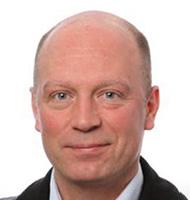
Jens Österud
R&D Program manager
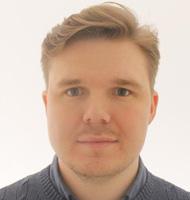
Abstract: Industrial experience and challenges associated with low & medium head hydropower machines in a new energy landscape
The service lifetime of a hydro power machine depends on the operating conditions and the mechanical design. Flexible power consequently reduce the service lifetime of a hydroelectric turbine and generator. Costs related to flexibility is a challenging task to asses considering a hydro fleet with a large number of individual machines with different properties. The keynote speakers will present an industrial perspective of R&D challenges in a new energy landscape.

31st Symposium on Hydraulic Machinery and Systems
Date: 26 June - 1 July 2022
Venue: Norwegian University of Science and Technology (NTNU), Trondheim, Norway
